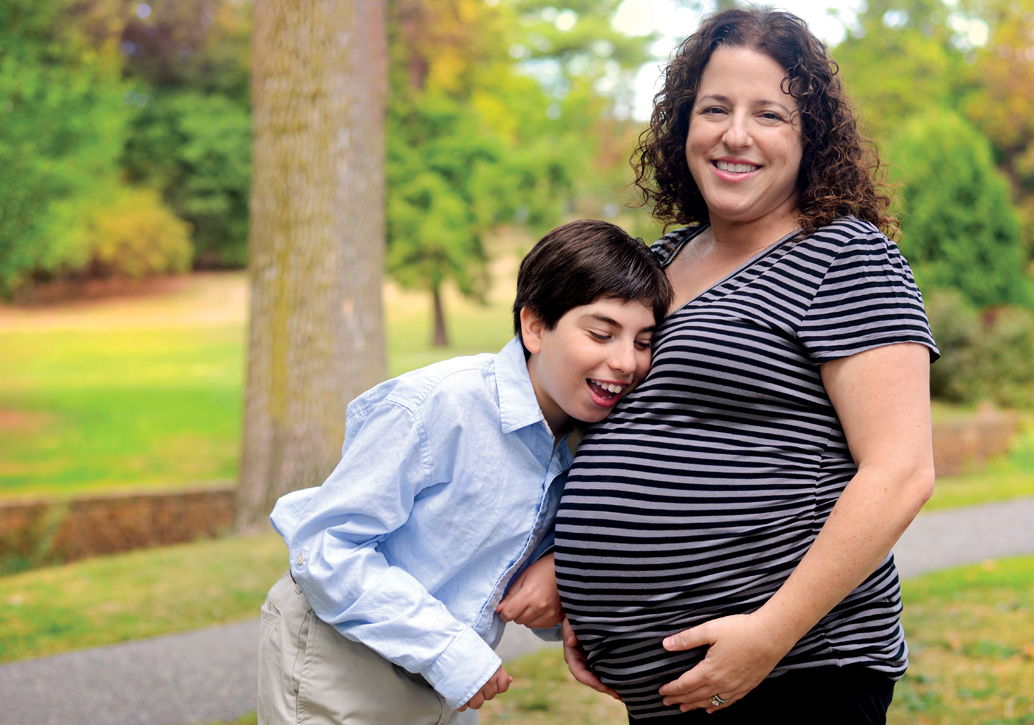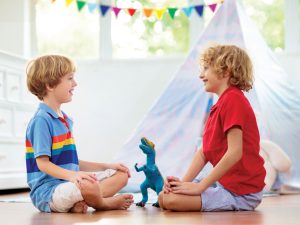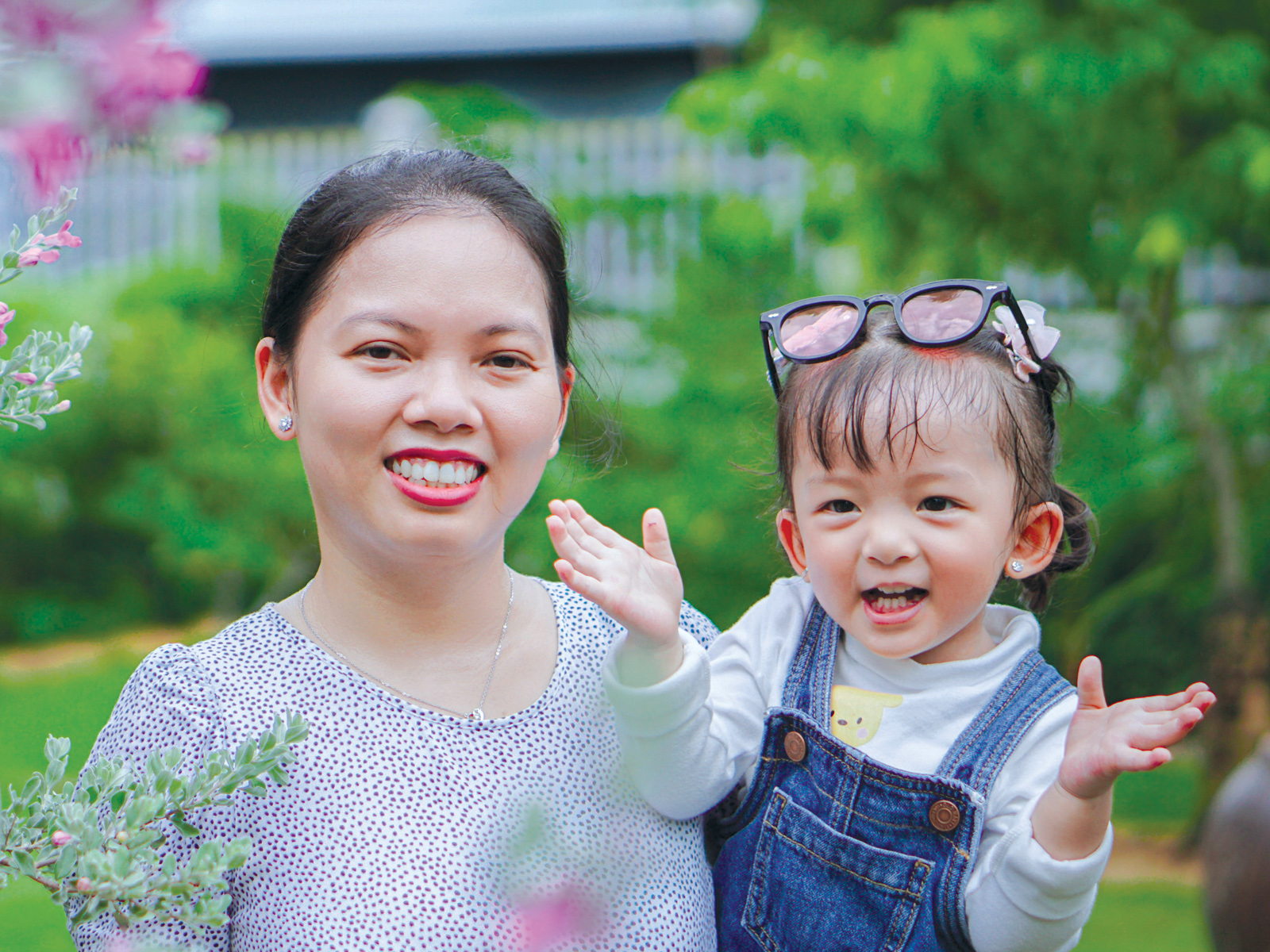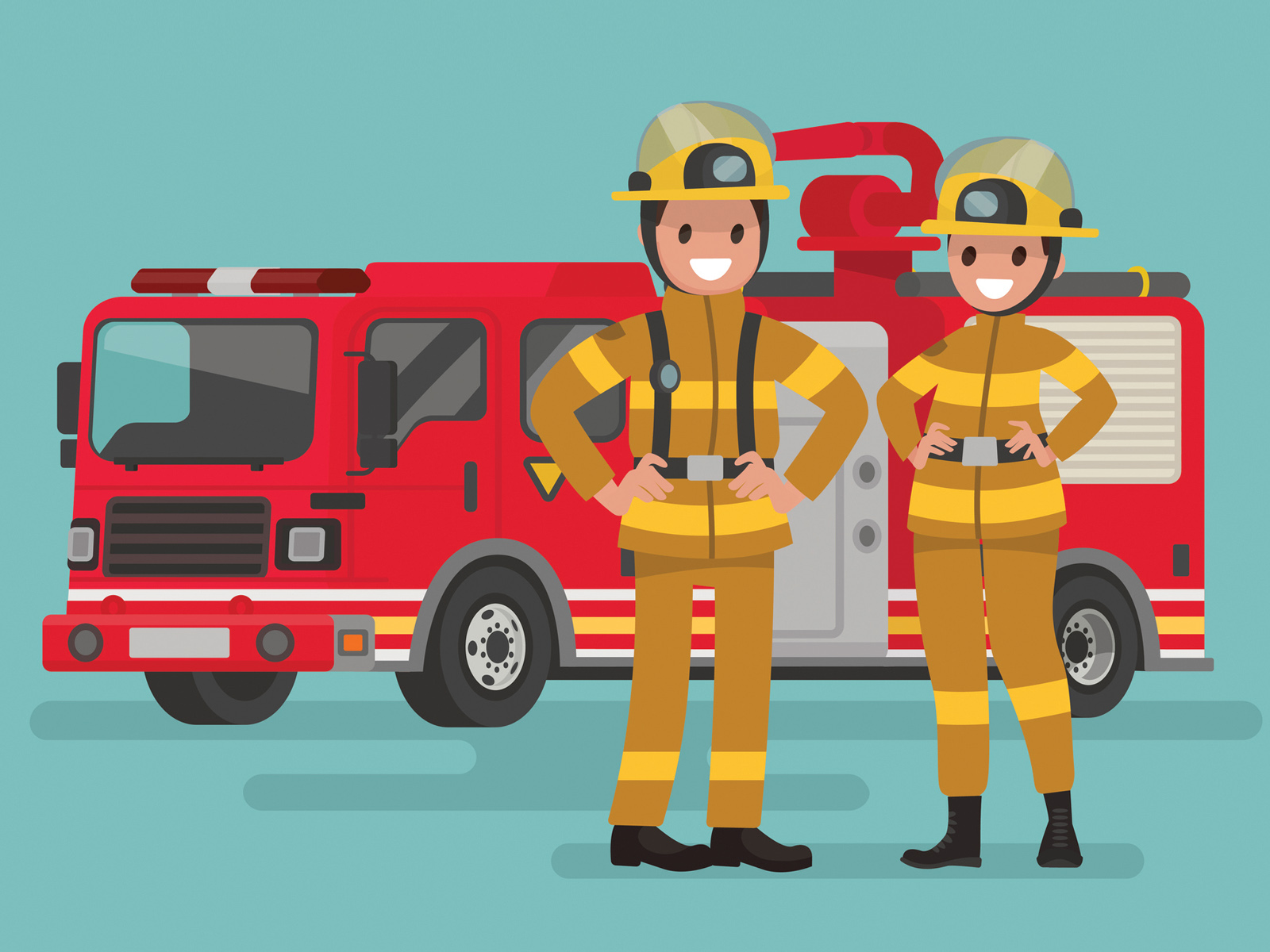7 things my child with cerebral palsy has taught me
By Ellen Seidman
I didn’t know much about cerebral palsy, until I had a child with cerebral palsy. And then, it was an education of the kind I had never before experienced; it was a combination of what doctors and therapists told me—and what I picked up daily as Max’s mom.
Cerebral palsy is the most common motor disorder among children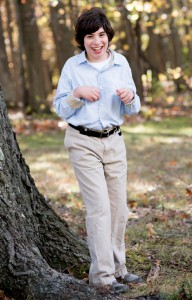 in the United States. An estimated 800,000 children and adults in our country have it, per the nonprofit Reaching for the Stars, and about 8,000 babies are diagnosed with CP each year. There is no one kind of CP—it is a group of disorders that all involve challenges with control of movement.
in the United States. An estimated 800,000 children and adults in our country have it, per the nonprofit Reaching for the Stars, and about 8,000 babies are diagnosed with CP each year. There is no one kind of CP—it is a group of disorders that all involve challenges with control of movement.
In honour of National Cerebral Palsy Day, these are some key things I’ve learned about CP from raising Max:
Cerebral palsy can be different every day
CP does not get worse over time, but symptoms can change. During colder weather, Max’s muscles tend to be tighter; they’re way looser in the summertime. They can also tighten up when he is excited or anxious. Sometimes, I massage his hands, arms and legs to help them relax.
Cerebral palsy isn’t curable
You can get your child therapy up the wazoo (as my husband and I have done) to help him work around gross-motor, fine-motor, and speech challenges, but ultimately there is no cure for cerebral palsy. This may seem depressing—except treatment can really help improve the lives of those with CP, enabling them to reach their full potential. You learn to help your child to the best of his or her abilities, and you learn to take satisfaction in that.
Kids with CP don’t necessarily see it as a bad thing
Recently, Max and I were talking about the fact that he has cerebral palsy. I explained that because his brain had gotten hurt during birth, it doesn’t always send the right signals to his muscles. He took that in. Then he wanted to know what his sister has. In his mind, everyone must have something up with them—and he’s not wrong! It’s just more visible on some of us than others.
There’s no need to pity children with cerebral palsy
It’s annoying when people gawk at Max, but it’s also irksome when people give him The Pity Stare or say “Oh, you poor thing!” Max is hardly pitiful. He is a cheerful, fun-loving kid who has a good life. Pitying him makes him seem like a tragedy.
It never hurts to just say “hello”
Often, adults and kids aren’t sure how to approach Max. Really, it’s the easiest thing in the world: Just say “hi,” as you would to any other kid. Max would really appreciate it.
Where there’s a will, there’s a way
I have often been amazed at Max’s determination to do tasks that are hard for him, whether he’s slowly inching his way up stairs or clinging to a spoon for dear life and feeding himself. Maybe he’s not holding a pen the “right” way, but he doggedly writes out what he wants to. Of course, this is not to say my son can will his body to do everything—if only. Dressing himself remains a challenge. Reaching up both hands to shampoo his hair is still beyond him…at this point. I have faith that, with time, he will find a way. Speaking of which…
There is no time limit on abilities
Max crawled on all fours at age two. He took his first step at age three. He said his first word (“no!”) at around five. At 12 years old, he continues to speak new words every day—and he continues to develop. He is on nobody’s timeline but his own, and that’s OK.
Ellen Seidman is a mom of two, editor, and professional snacker who blogs daily at Love That Max. You can find her pondering special needs parenthood and other important topics on Facebook, Twitter,
Pinterest, and Google+ even though she still hasn’t totally figured out what that is.

